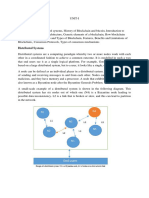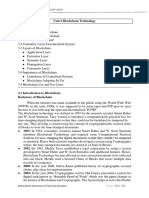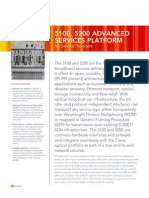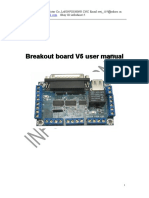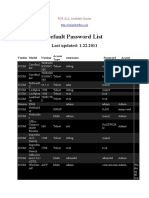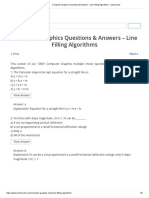0% found this document useful (0 votes)
55 views100 pagesBlockChain Module 1
The document provides an overview of blockchain technology, explaining its structure as a decentralized digital ledger that securely stores transactional records across a network. It discusses key concepts such as consensus, distributed systems, and the various types of blockchains, including public and private. Additionally, the document outlines the benefits and limitations of blockchain technology, as well as its historical context and evolution from Bitcoin to various applications in different industries.
Uploaded by
athmika.cs22Copyright
© © All Rights Reserved
We take content rights seriously. If you suspect this is your content, claim it here.
Available Formats
Download as PDF, TXT or read online on Scribd
0% found this document useful (0 votes)
55 views100 pagesBlockChain Module 1
The document provides an overview of blockchain technology, explaining its structure as a decentralized digital ledger that securely stores transactional records across a network. It discusses key concepts such as consensus, distributed systems, and the various types of blockchains, including public and private. Additionally, the document outlines the benefits and limitations of blockchain technology, as well as its historical context and evolution from Bitcoin to various applications in different industries.
Uploaded by
athmika.cs22Copyright
© © All Rights Reserved
We take content rights seriously. If you suspect this is your content, claim it here.
Available Formats
Download as PDF, TXT or read online on Scribd
/ 100

